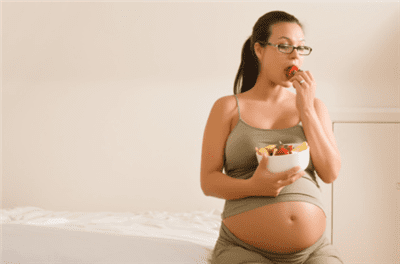Search Results for: applicable
Best Foods for Pregnancy
Proper nutrition during pregnancy is important for both baby and mom. Pregnant women need approximately 300 calories more than their normal, pre-pregnancy intake. It is not the equivalent of eating for two, as is commonly believed. What matters most is how you get the extra calories. Eating a well-balanced meal with all the essential nutrients is more important than ever during pregnancy. The following article suggests healthy foods for pregnancy.
What Are the Treatments for Anal Warts?
Caused by human papilloma virus (HPV), anal warts, also known as condyloma, are growths affecting the skin around the anus, in the anal canal or in the lower rectum. Sexual contact is usually how you would get anal warts. Anal warts may affect the male (penis or scrotum) or female (vagina or labia) genitals. Having anal warts can cause discomfort, irritation, bleeding, itchiness and difficulty in bowel movements. Choosing the proper treatment depends on the location, number and size of the warts.
The Art of Giving – OF Yourself, and TO Yourself
Hi Ladies, Im BAAACK!!! This Blog post is applicable to both sexes, and could be used as a guideline for all peopleseeking the better things that life has to offer. Many years ago, a Rabbitold methat by giving an EXTRAONE percent of daily effort, I could self-improve by 365% by years end! Surely it seemed likea rather ridiculous pronouncement at the time, but as I have matured and learned, I see his words ring true.
How to Apply Bare Minerals Foundation
Bare Minerals is a line of mineral makeup that contains natural ingredients without fillers or preservatives. The foundation resembles a powder and helps protect your skin from the sun with an SPF 15. It comes in six colors to match your skin tone–from fair to dark. Applying Bare Minerals foundation is easy, although it may take a little practice if you’re new to mineral makeup.
How to Tell if Your Child Has ADD
ADD (Attention Deficit Disorder) and ADHD (Attention Deficit and Hyperactivity Disorder) have now been grouped into one term called Attention Deficit/Hyperactivity Disorder to describe both sides of the disorder. If you suspect your child might have ADD, you’re not alone. This disorder affects millions of children, according to the Mayo Clinic. The best way to tell if your child has ADD is to consult with the child’s doctor.

